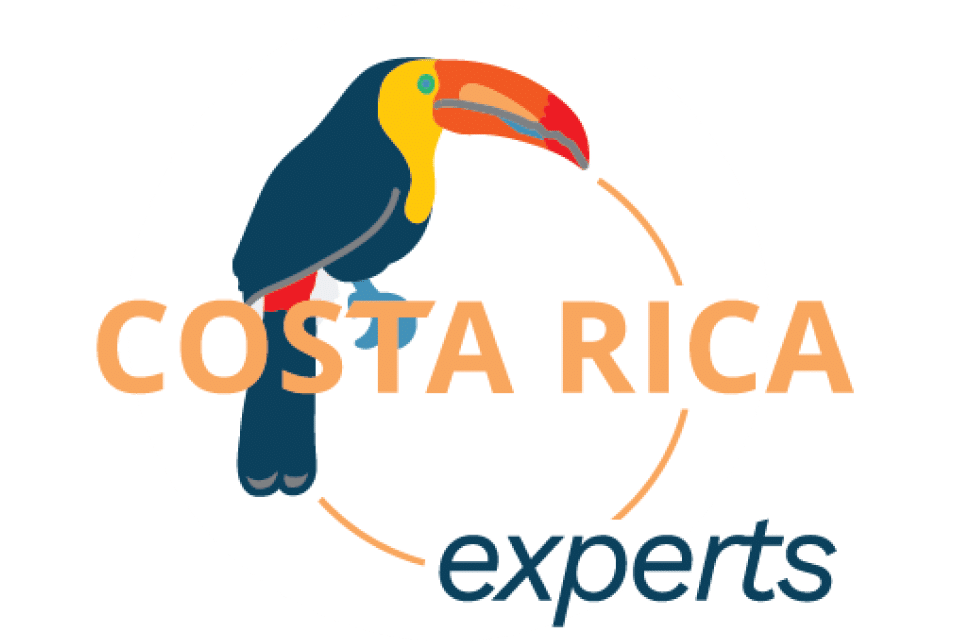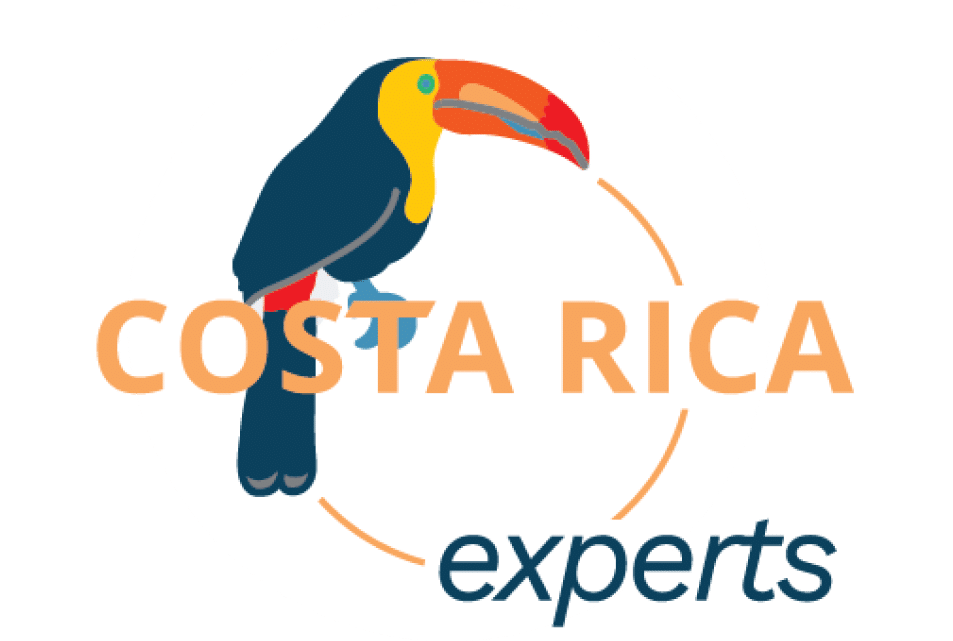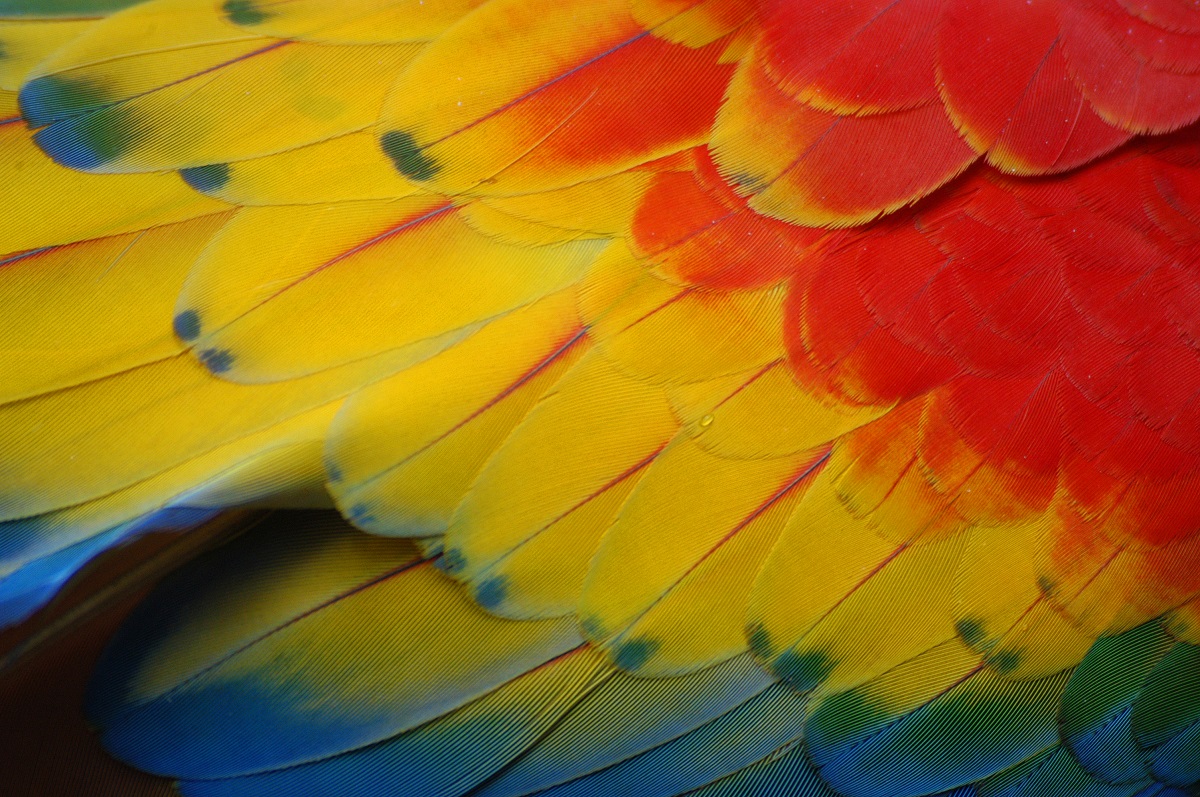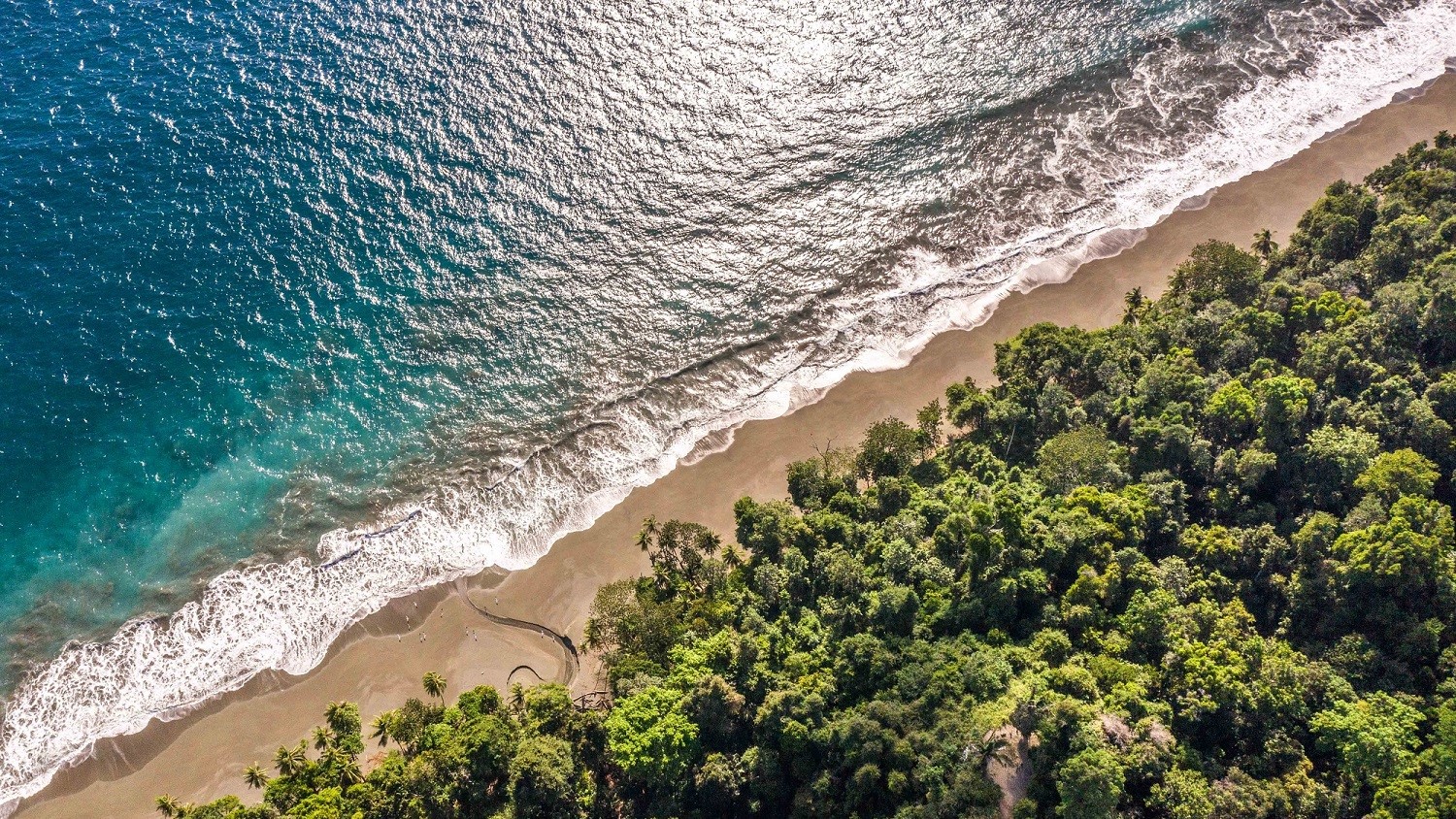Carara National Park is a centrally located forest bordering the Central Pacific Coast. Its location makes it accessible to many destinations in Costa Rica, but it is perhaps most popular for birding. Approximately 48% of Costa Rica’s avian species can be found within the park. Check out our Carara National Park guide for helpful information on ranger stations, hiking trails, guided tours within the park, and FAQs.
Scarlet Macaws & Other Wildlife

Carara is perhaps most well-known for its endangered population of Scarlet Macaws living within the park. Even if you don’t see them right away, you will certainly hear them. Every morning, like clockwork, their boisterous squawks announce their presence within the park before heading to the coast each evening. Although Scarlet Macaw populations have decreased throughout much of Costa Rica, Carara is one location where the population can still be readily observed and appreciated! This vibrant red, yellow, and blue bird is most commonly found in pairs as they mate for life!
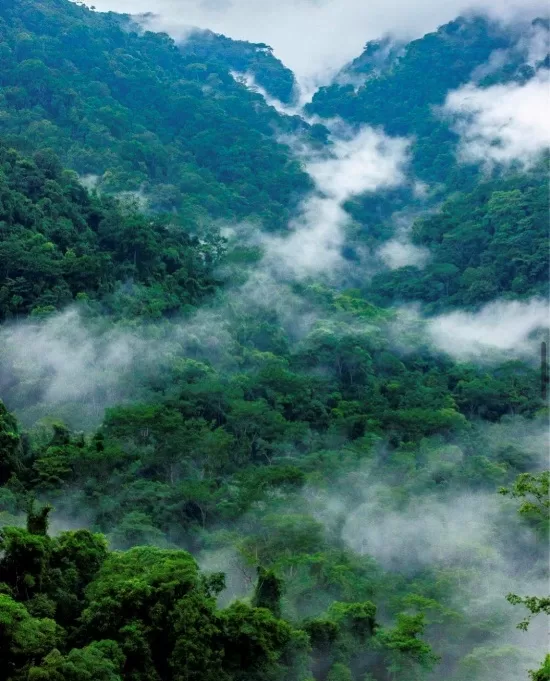
Other flora and fauna of the park include toucans, motmots, jacamars, herons, hummingbirds, stilt birds, trogons, white-headed capuchin monkeys, sloths, morpho butterflies, iguanas, agoutis, caimans, armadillos, coatimundis, pacas, peccaries, leaf-cutter ants, blooming orchids and bromeliads, stranger fig trees, and more. The park brings you through a variety of ecosystems, from mangroves to transitional forests to rainforests.
Ranger Stations
Carara is divided into two sections: Laguna Meandrica station and the main station, Quebrada Bonita/Sendero Universal Access.
Best Carara National Park Hiking Trails
Carara National Park has four main trails. They are all pretty flat and easy to hike.
Universal Access Trail
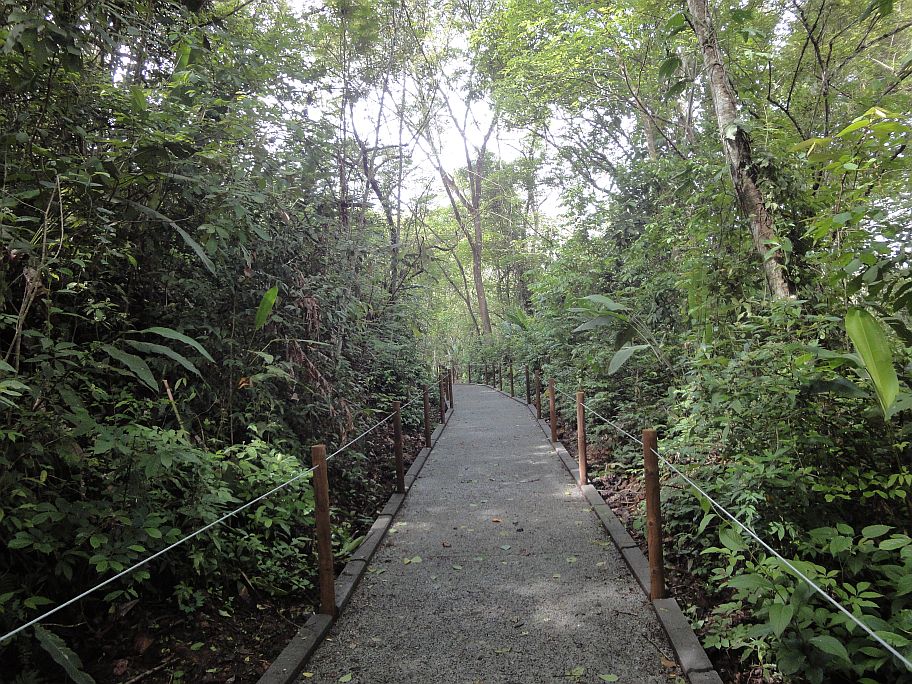
The Universal Access Trail is the first and most popular loop trail within Carara National Park. It’s 3/4 of a mile (about 1 hour) and fully paved. It’s flat and suitable for children, strollers, and wheelchairs. There’s an audio guide available at the entrance.
Quebrada Bonita Trail
Quebrada Bonita, or beautiful creek in Spanish, is the second loop trail, accessible from the Universal Trail. You’ll come across Quebrada Bonita about halfway through the Universal Access loop trail. From this point on, the trails are no longer paved, but still pretty flat.
Araceas Trail
Araceas is the third and final loop trail, accessible from Quebrada Bonita Trail. This is the most rustic of the three loop trails, and if you’re up for a workout, this trail has the most steps.
Meandrica Trail
Meandrica Trail is a bit separated from the other trails. It’s about 1.25 miles from the park entrance. It has a small parking lot. This trail is closed from September – October because of green season flooding.
Carara National Park Guided Tours:
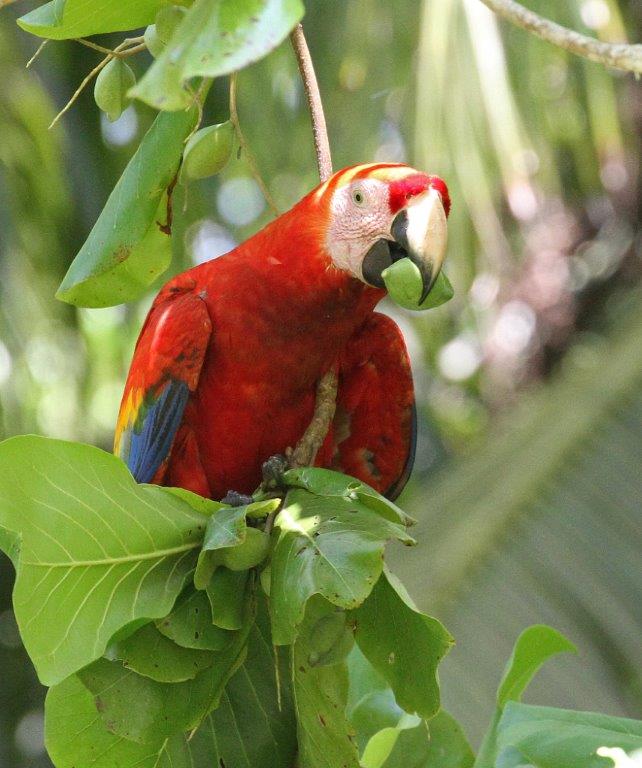
Not only will a professional naturalist guide be able to point out and help you spot more wildlife in the park, but they can also tell you where to find the scarlet macaws at any given time of day as they tend to migrate in predictable daily patterns. You will undoubtedly see more wildlife and learn more about this unique ecosystem when paired with an experienced guide.
Carara National Park Tour:
This morning you will be met and driven to Carara National Park. This protected area is relatively small in size but is home to approximately 48% of Costa Rica’s avian species. The importance of Carara stems from its location in a transition area between the tropical dry forest region to the north and the more humid Pacific Rainforest to the South. Carara has flora and fauna from both ecosystems and the virgin forest that covers most of the park is the ideal environment for such rare wildlife as the Scarlet Macaw, the Collared Aracari and monkeys.
- Includes transfers, guide, entrance fees, and lunch.
Carara National Park FAQs:
Is a guide necessary?
Not required, but highly recommended — guides can help you spot hidden animals and birds you might miss.
What makes Carara National Park unique?
It’s a transition zone between dry and humid tropical forest, so it supports biodiversity from both ecosystems — making it a top birdwatching spot in Costa Rica.
Are any of the trails accessible?
Yes! The Universal Access Trail is excellent for people with mobility challenges and for families with strollers or young kids.
